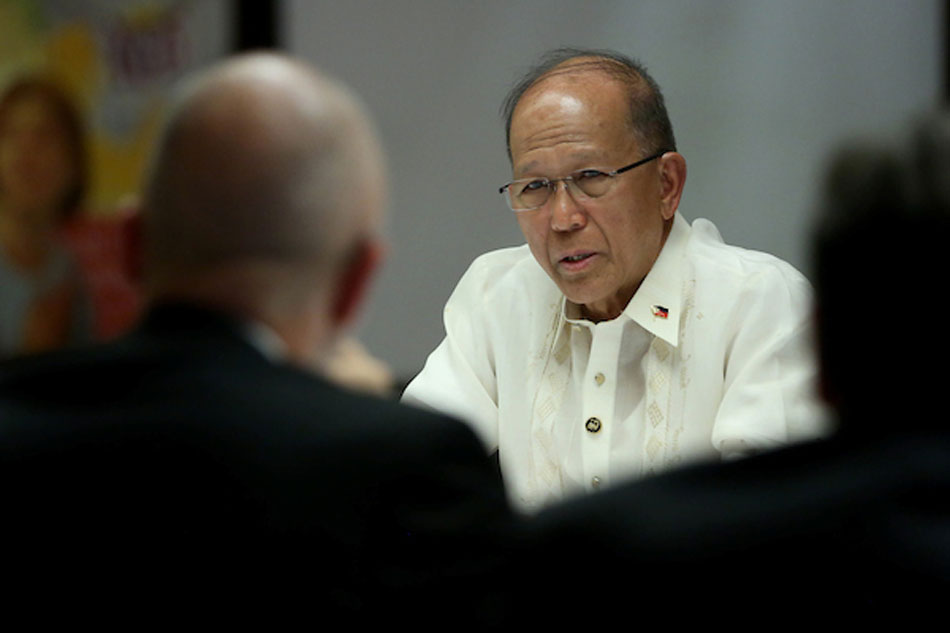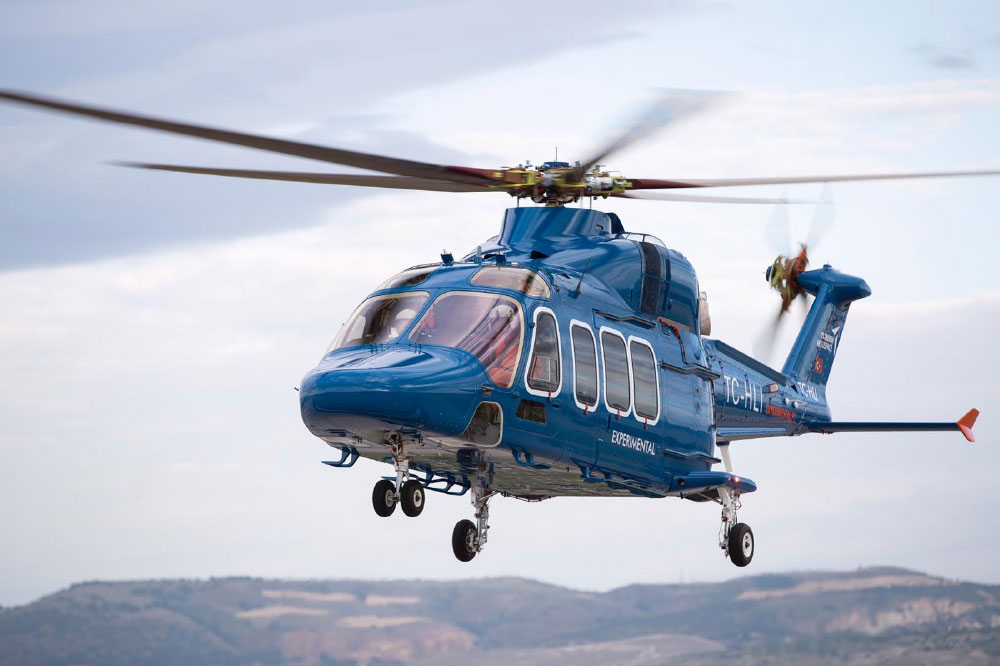Philippines reveal multirole fighter options | Jane's 360
I thought from previous media information, they already focus on F-16 and Gripen. Seems now they are saying officially Flankers and Typhoon still in the running...
1. Fairly nonsensical of Jane’s360 (reporting from the Berlin International Fighter Conference 2019). IMHO, the Pinoys are unlikely to shortlist twin engine fighters for their first squadron due to cost concerns. Regardless of which fighter type they choose, to be able to fly 2 to 3 meaningful sorties for the 1st day of war (to contest the air space before being shot down due to a lack of AWACS support), they will also need to spend a 2.5 to 3 billion US dollars to:
(i) buy 16 to 20 fighters (
instead of 12) to form a full squadron of 4 to 5 flights, with each flight assigned a specific role with mission appropriate ordinance and targeting or other specialist pods carried;
(ii) train and sustain this force by acquiring ground based equipment; spare engines and other parts (at least 2 sets) and a flight simulator;
(iii) buy a tiny initial stockpile of 16 air launched anti-ship missiles to support the navy in a sea denial role (16 missiles enable the targeting of 4 enemy destroyers/frigates assuming a salvo of 4 were launched at each ship); and
(iv) buy the bare minimum of 128 air-to-air missiles of different types for the 1st day of war stock for a single squadron for OCA and DCA missions (128 missiles allow for only 1 reload of expended missiles for use in 2 sorties), other munitions and systems.
2. Actions matter more than press releases or reports from a conference on future plans that may (or may not) happen. In contrast to the masterful inaction by Manila, Baghdad and Washington signed an agreement in 2011 to buy 36 F-16 fighter jets. Iraq received the first batch in July 2015 and has gradually received other shipments since. US Air Force Brigadier-General Andrew Croft said that 13 F-16 jets will be delivered to the Iraqi air force in 2018, which brought the total number of aircraft delivered to 34. “Training a fighter pilot takes years,” Croft noted. “So, this is not a short-term investment; this is something for the long term.”
3. Capability management is more than a discussion on fighter platforms and is organized around a concept of operations (CONOPS), because the CONOPS describe how a specified course of action is to be executed. The ability to execute the specified course of action depends on many factors and the relationship between those factors. IMO, the 2017 Battle of Marawi demonstrated the shortfalls in the ability of the Philippine Air Force (PAF) to execute its CONOPS and air power is more than just about control of the air. The PAF needs a capability roadmap to improve its (1) combat readiness, (2) sustainable capability and (3) force structure for a period of 12 to 15 years after the delivery of the first fighter.
- From a cost perspective, acquiring fighters is a different ball game when compared with purchasing 12 FA-50 lead-in fighter trainers from Korea at P18.9 billion (US$415.7 million) and a few AGM-65G2 Mavericks and AIM-9L/I-1 sidewinders, from Germany's Diehl Raytheon Missile Systeme GmbH.
- For comparison, Morocco’s recent acquisition of 25 F-16C/D Block 72 fighters estimated at US$3.787 billion will give the Pinoys a sticker price shock on the cost of acquiring block 50/52 or the latest block 70/72 ‘V’ model F-16s. Likewise, Brazil’s order of 36 Gripens for US$4.16 billion will make the Pinoys realise the real cost of acquiring fighters.
Numbers matter. The Pinoys need to allocate long term funding to sustain its force structure, which needs to be two or more fighter squadrons (36 or more), without which the PAF cannot survive the 1st day of war. Right now, with 12 FA-50s armed with short ranged air to air missiles, the PAF will struggle to survive the 1st hour of war.
4. The combat ready F-16V has been selected by Bulgaria (8), Slovakia (14), Taiwan (66), and Morroco (25) in 2019 alone, with
Indonesia (32) also considering ordering 2 new squadrons in 2020. In addition, under a:
- US$914m contract in 2014, Lockheed Martin is upgrading Singapore’s fleet of 60 F-16s. They will be fitted with the Northrop Grumman AN/APG-83 AESA Radar, and Link 16 data links. These Singapore F-16Vs will serve until the 2030s, when they are replaced by F-35s;
- US$1.2 billion contract in 2016, Lockheed Martin will modernize 134 Korean Jets to F-16Vs; and
- US$10.8 million in a May 2019 contract from the US Navy for production of AGM-84 Harpoon Block II missiles for Saudi Arabia
5. I am bored with these endless discussions by the PAF on
shortlisting and down selection of the Gripen or Viper. The Pinoys have also received 12 FA-50, as lead in trainers, from South Korea in 2017. The Australian Department of Defence has prepared a publication on ‘
Defence Economic Trends in 2018’ and the ‘
Trend in 2019’ and from a historical budget perspective, the Pinoys are likely to go for a single engine choice, as their defence spending is only 5.4% of governmental expenditure.
- The Philippines’ 2018 defence budget was PHP175.4bn (US$3.7 billion) – a 25.1 per cent real decrease on the 2017 defence budget. The 2017 and 2018 defence budget for the Pinoys is consistent with President Duterte’s stated goal of having a ‘strong’ military. But the Pinoy definition of ‘strong’ is very different from that of its neighbours. The size of the PAF operations budget was a historical problem but the current bigger problem is that the PAF purchases items on a piece-by-piece basis in a bureaucratic manner that defies logic (all in the name of clean government, when it is actually a model of bureaucratic inefficiency and symptom of government waste). We have to be realistic on the limited progress made by the Philippines. Philippines in particular, spend too little on defence to be taken seriously about urgency when they talk about trying to regain their air combat capability.
- 2018 marked the start of the military’s five-year Horizon 2 modernisation plan, which includes plans to purchase fighter jets, airlifters, maritime patrol aircraft and helicopters for the air force; artillery, tanks and rocket launchers for the army; and corvettes and offshore patrol vessels for the navy. From a historical perspective, the Philippine defence budget (at US$4.9 billion in 2017 and at US$3.7 billion in 2018), and as a percentage of the GDP (at 1.5% in 2017 and 1.1% in 2018) and as a percentage of the national budget, is consistently less than most of its ASEAN peers. Talk of the Harpoon missile being offered by the US along with F-16V is noted in MaxDefense. But Harpoon is no stranger to the Philippines as during the 1980's plans were made by the Philippine Navy to arm the 4 Andres Bonifacio vessels with the AGM-84 however, the political events of the 80s affected the plan and it did not materialize.
6. As I mentioned before, PAF’s modernization by press release continues (see:
Philippines to Re-Focus on Territorial Defense). Talking at conferences is cheaper than buying gear for their fighter squadrons. This is just is another symptom of the colourful political culture of symbolism over substantive changes, with the PAF playing its symbolic part. Capability management is not about the platform alone and much more than buying the 'best' or the 'right' platform. Taiwan’s force structure, including their 6 E-2T/K AWACS and planned upgrades to their F-16 fighter fleet below is instructive of what is needed to survive the 1st two weeks of war for their threat matrix, before external help can arrive.
- Under a US$5.3 billion Phoenix Rising program Taiwan’s existing fleet of 150 F-16A/Bs will be upgraded to the F-16V standard. and the integration of new precision-guided weapons. Taiwan will also acquire UTC Aerospace Systems MS-110 long-range oblique photography, or LOROP, pods. The MS-110 is a derivative of the DB-110 LOROP pod, and it adds multispectral capability. The DB-110 is a 110-inch focal length reconnaissance system with high-resolution imagery from nadir to a standoff range of more than 80 nautical miles. The new pods replace the 4 Phoenix Eye LOROP pods used by the Taiwanese Air Force’s reconnaissance aircraft.
If the PAF want to buy the Eurofighter Typhoon, or the Sukhoi Su-30 Flanker, go ahead — enough talk, just place an order for the 1st squadron of fighters; and thereafter a second. I would rather continue with a real conversation when the Pinoys finally announce the contracts required to form the second squadron.











